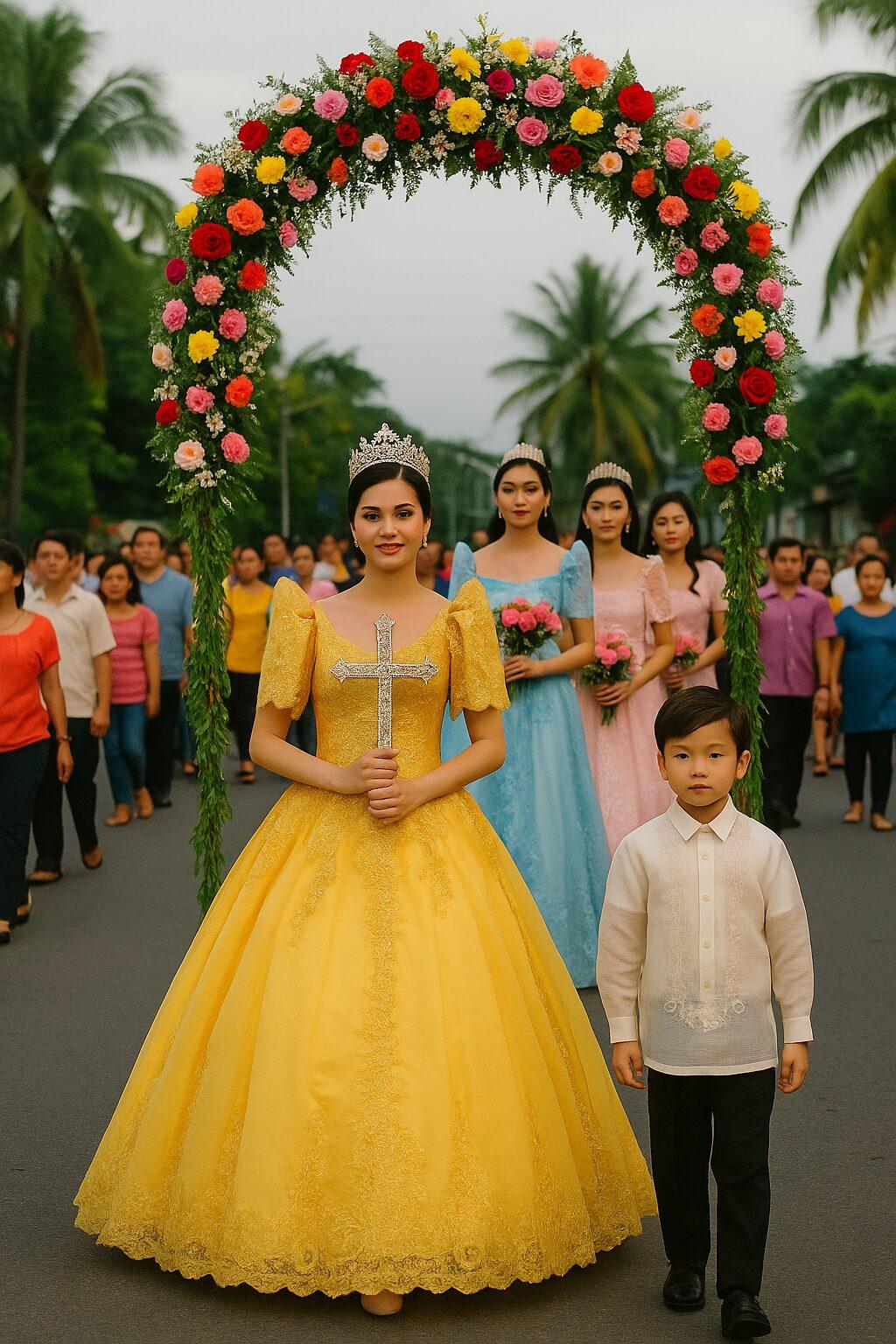FILIPINO-AMERICAN interdisciplinary artist Francis Calimlim believes that you should always have conversations with yourself. Some may think it’s crazy, but from his experience, doing such can open the avenue to discover who you are and want to be.
As an interdisciplinary artist, Calimlim’s practice focuses on “the process of making,” meaning he doesn’t categorize himself in any particular style or medium.
“Whether it be drawing, installation, video or performance, it really depends on what I’m trying to figure out,” he explained. “I’ve stopped myself early on to jump straight to an end-goal or outcome, and allow my work to take the forms it needs to be, usually ending up in places I did not expect in the beginning stages. I like the process of the game, play, setting rules and limitation to start a project off with, and I basically just go for the ride.”
Born in Quezon City, Philippines, Calimlim was only three years old when he and his family immigrated to the United States. His mother was from Nueva Ecija; while his father was from Baguio. He grew up mostly in San Diego, California, although he traveled back to Manila almost every year.
Being an only child, Calimlim spent most of his time at home watching TV and drawing. “My mom, who was an engineer, would bring home old navy ship schematics as scratch paper for me to draw on where I would sketch my own version of the cartoons and TV shows I watched,” he shared. “I never got out of that practice of drawing and inventing, and always thought of different career paths such as animation or illustration.”
He graduated from San Diego State University, majoring in Multimedia. Although he pursued photography and moved through many different phases — film, illustration and sculpture — he eventually found himself focused on painting.
Insider/outsider: Finding the connection as a Fil-Am
Calimlim gradually shifted his focus during the two years before he began his graduate studies at the San Francisco Art Institute (SFAI) in 2014.
“…I took three trips to the Philippines. I shot a lot of photos and really focused on my experiences of now being there as an adult. It really started to sink in that going back home [to Manila] felt both welcoming and extremely foreign to me — I became very aware of my positionality as a Filipino-American, and how that affected my interactions with the people and places I passed through.
“The last phase of my paintings described those feelings of being an outsider in the Philippines, painting landscapes depicted through various kinds of windows and frames in the foreground; looking out into the scenery from the inside of some sort of vehicle or house, to express feeling like a tourist,” he said.
Halfway through his graduate program, Calimlim left painting and began to focus more on interdisciplinary approaches, including what he felt during his trip to the Philippines.
“ I was still thinking about depicting this “insider-outsider” experience, while also including other issues such as diaspora, social and cultural contradictions, and (dis)connection. “I am still currently focused on these ideas, although they are angled from a more subjectivity-focused orientation. I am interested in the individual subject and the idea of community that is both longed and searched for – more specifically, Filipino-American communities,” he said.
In 2016, Calimlim made the nine-sculpture installation project entitled, “Balikbayan.” Each sculpture was a balikbayan box that has been cut in a particular angle, arranged across the gallery floor. It was a continuation of his previous project, “For When You Welcome Me (2015),” which was a series of 132 ink drawings on featuring at least one figure protruding a part of their body out of the box.
Calimlim’s artist statement reveals his eagerness to explore “subjectivity within Fil-Am diasporic communities and its (neo/post) colonial symptoms.” Through mixed media, he focuses on the subject of the balikbayan (overseas Filipino) entangled in intergenerational collisions and trauma. He is “interested in the individual residing within and who form these communities, who are often times generalized under the focus of communal healing, resistance, and solidarity.”
However, including his Filipino heritage in his work is important to “very specific extent.”
“It’s all about intention — and if more obvious Filipino signifiers are required to fill certain holes of content then they certainly should be used, but very intentionally and responsibly,” he explained. “I don’t believe in using materials for just the sake of being more easily legible and indicative of who I am and where I’m from. I think to do that ends up misrepresenting and backfiring in the long-run, resulting in potentially tokenizing myself in some regards, as if saying, ‘I’m Filipino because I’m using Filipino things!.’ It can really narrow the perspective of the Filipino(-American) experience for others to understand by redirecting the focus to just these particular objects, closing the scope to just a few aspects, and blocking a lot of our complexities and history.”
Sharing his struggles during his early years as an artist, Calimlim explained that he continually face these — though at a different level — today.
“It was tough going through school and never taught about Filipino artists, or even artists of color in general. It was a mostly white, male and Eurocentric art history, which conditioned me to only know how to learn from and try to emulate in the beginning. I had to do a lot of my own research and digging to find artists and figures who I can really connect with.
“My particular struggles personally as an artist reflect a lot of issues that I face on a regular basis. Living in San Francisco with a brutal economic environment, being a person of color that potentially reads as ethnically ambiguous, and a presidency that targets many forms of racial queerness and identity, are just some of the things that I struggle with that affects my practice and how I think about my work. In a lot of ways, I work with and through my art as a way of coping with and understand these issues that I’m a part of. Art can be a way of figuring things out, a way of processing that is already inherently a struggle,” Calimlim said.
At present, Calimlim is currently teaching an Experimental Drawing class at the SFAI’s Public Education Program. He was also part of “APAture,” the annual Asian & Pacific American arts festival, presented by Kearny Street Workshop at the Arc Studios and Gallery in San Francisco.
For more information on Francis Calimlim and his work visit his website at www.franciscalimlimart.com.
*Cover photos: Installation, “Balik” (2016), medium: balikbayan cardboard boxes, rope, duct tape. All photos courtesy of Francis Calimlim.





